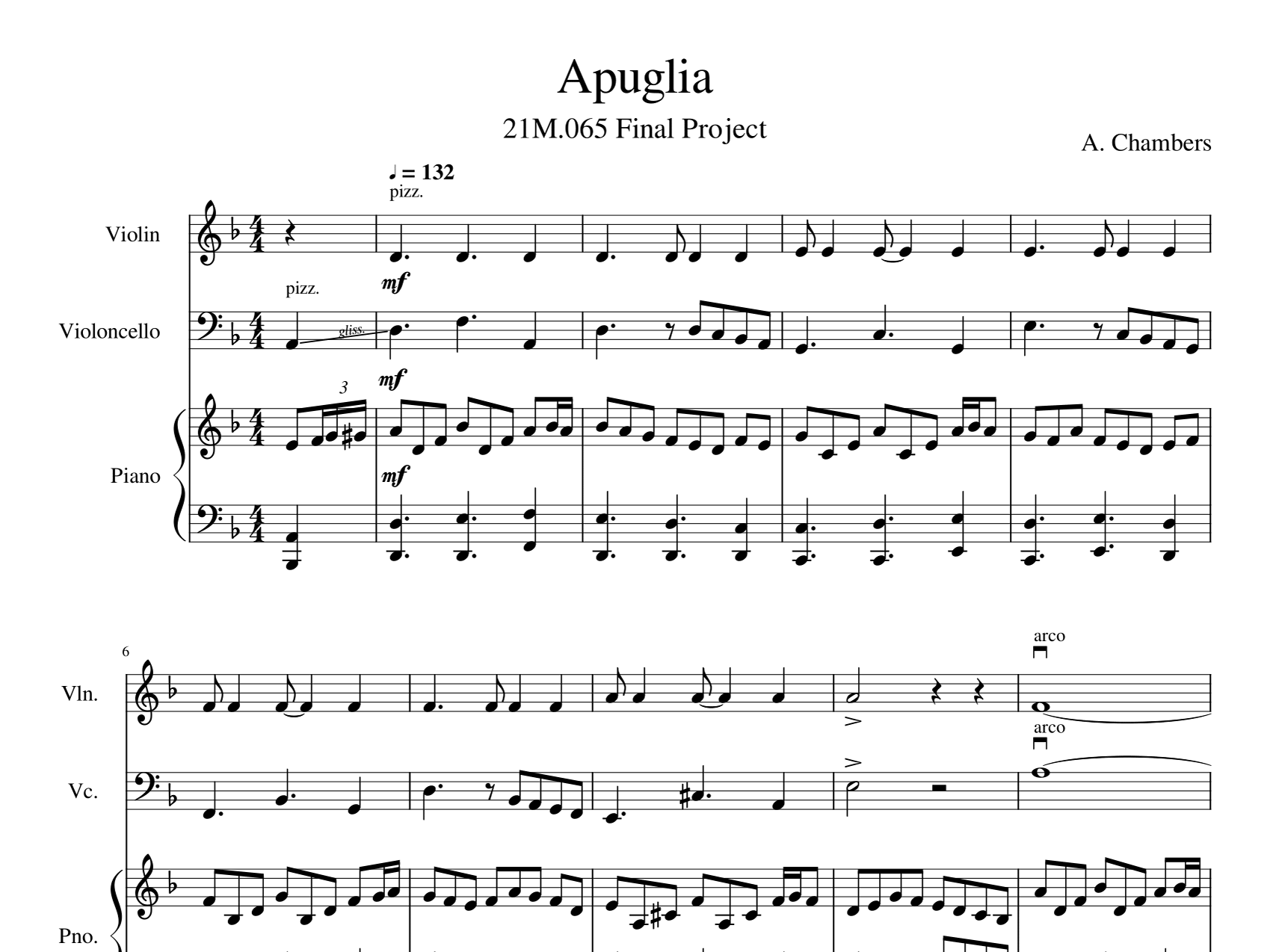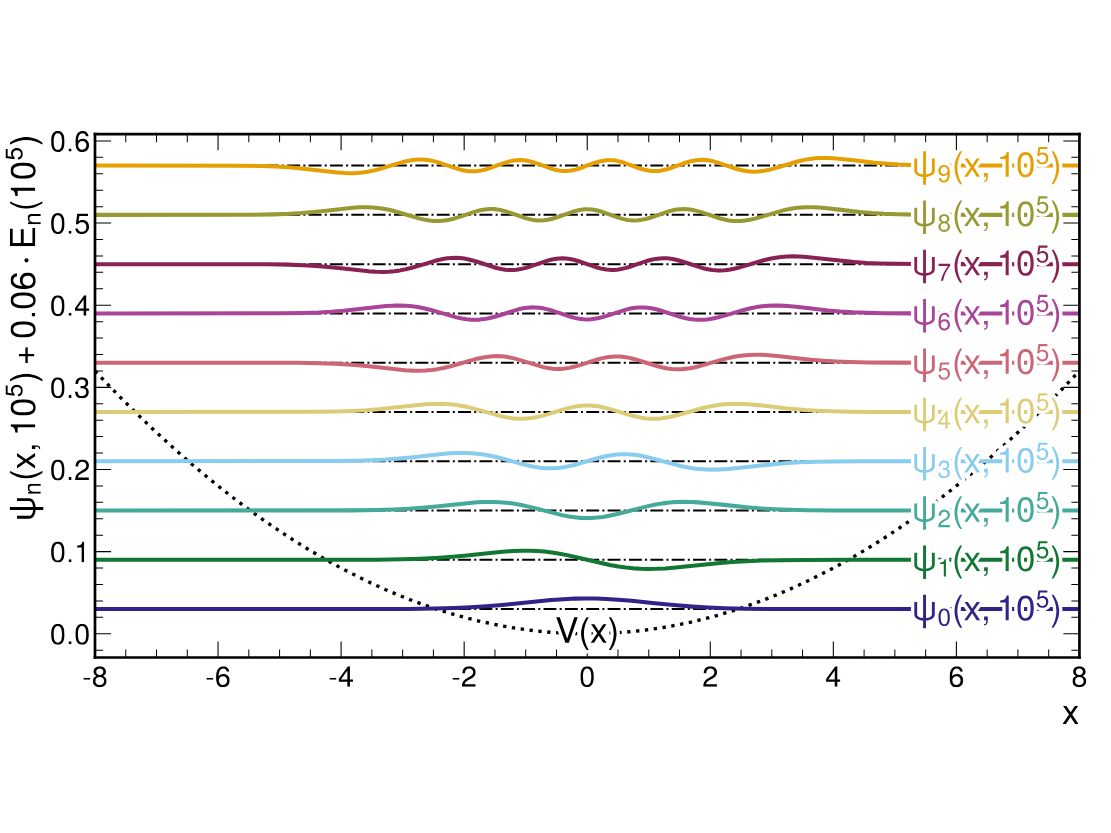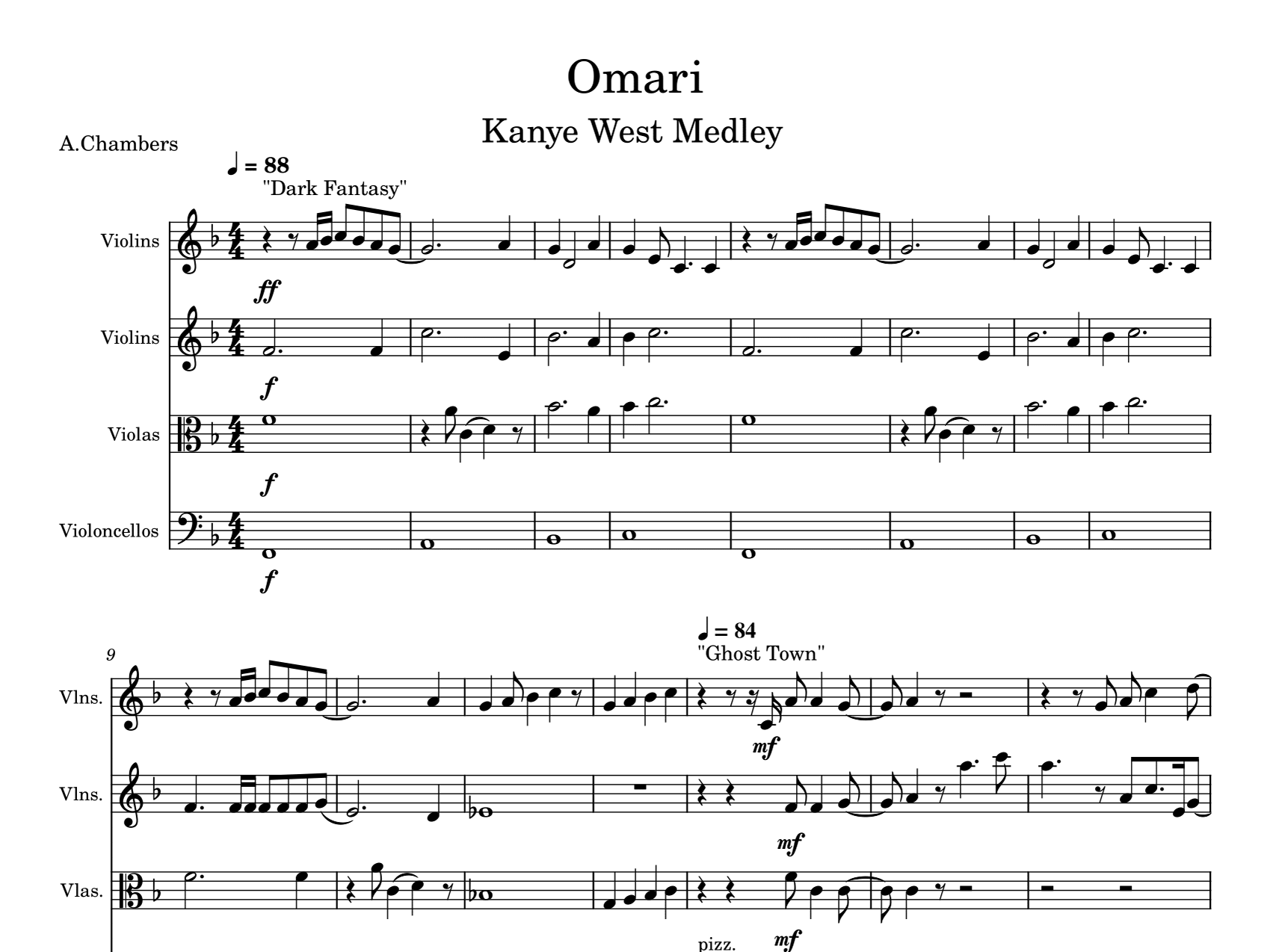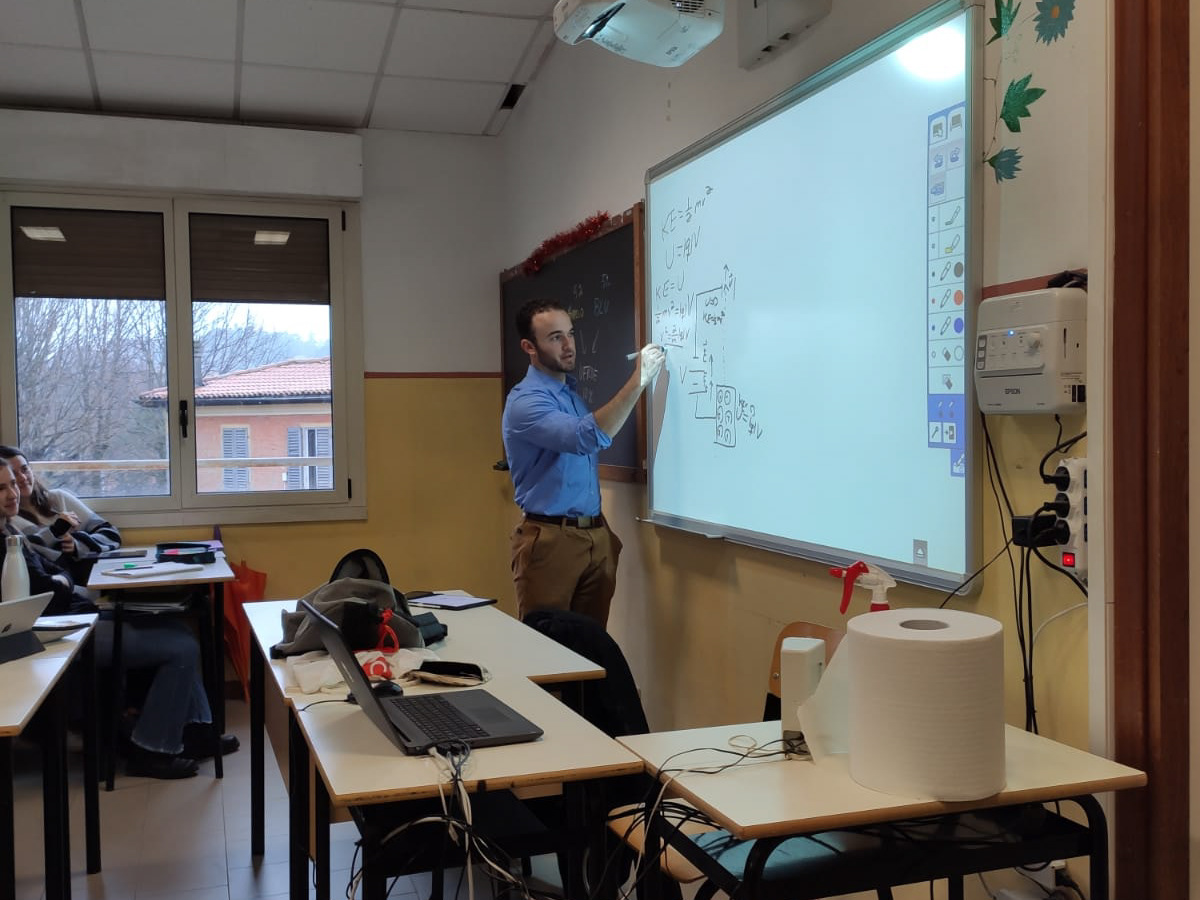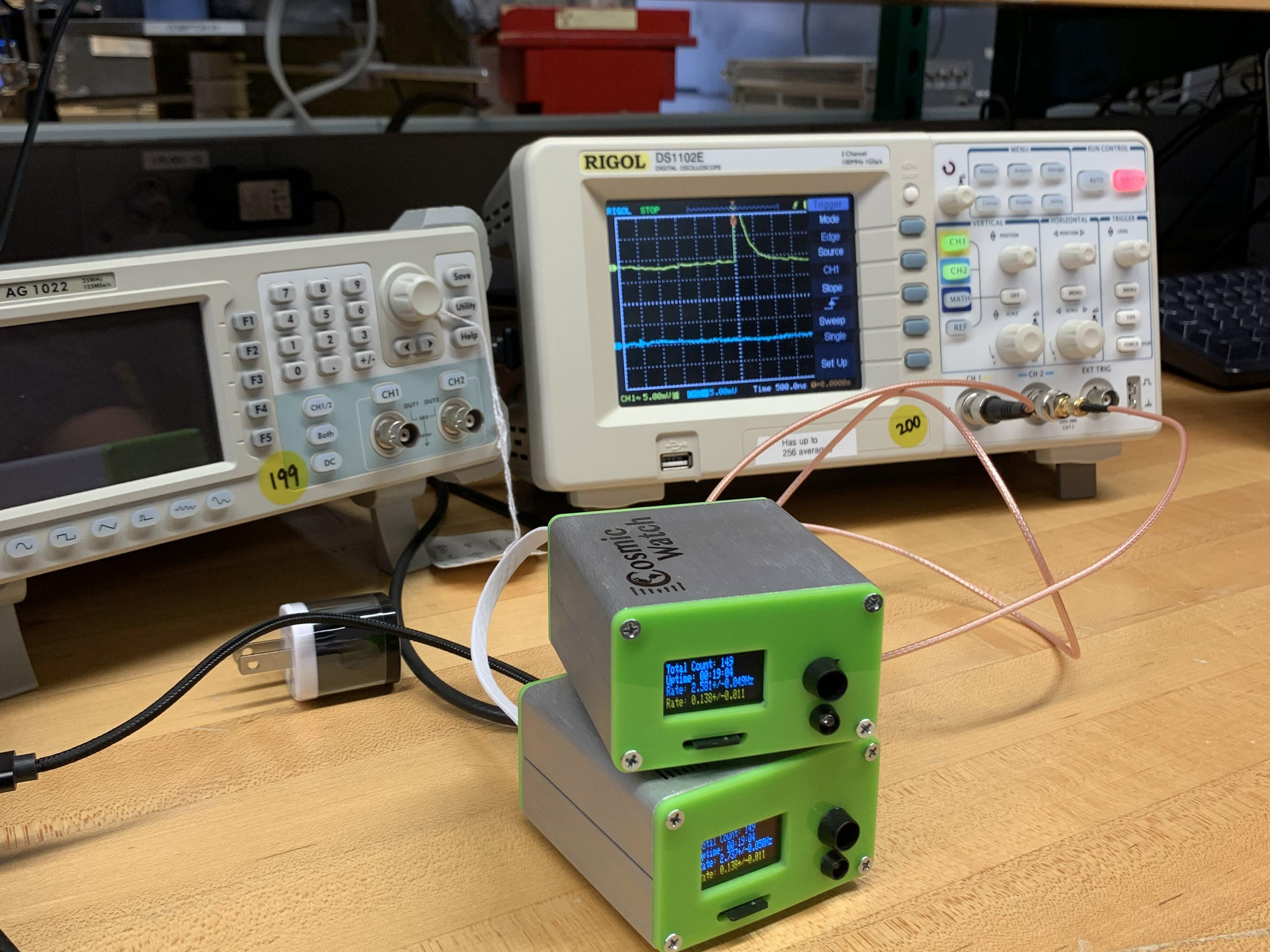For the final project in the Junior Lab sequence, students must research, propose, and construct an exploratory project that is unique compared to the pre-assembled labs in class. I initially sought to take 8.14 in order to replicate the Wu Experiment, one of the groundbreaking results of the 20th century which threw away the ideas of universal parity symmetry. After quickly realizing that this experiment wouldn't be possible due to the limits of my experience and the available equipment, I still wanted to find a way to show P-symmetry violations.
After some time I came across a lesser known experiment conducted by Goldhaber, Grodzins, and Sunyar shortly after the Wu Experiment. Their results were some of the first to affirm that parity symmetry was broken by the weak force, and their techniques presented something that was feasible within the limitations of the lab. Shortly after deciding to replicate this experiment, I found that a duo from a previous year of 8.14 had performed successfully performed this measurement. Thanks again to Talia and Patricia for keeping a thorough record of their apparatus which was a great help when designing my own version of the experiment.
After a few weeks of constructing the experiment and anecdotally familiarizing myself with every systematic error under the sun, I was very happy to see that we obtained results confirming parity symmetry violation of the weak force. The final poster I presented is included below which was selected as the honorable mention for this year's Pickering Prize.
For any current 8.14/Physics students, this poster should not be used as a reference of a perfect poster or experimental procedure. That being said, a large part of 8.14 exploratory projects is building on results from previous years of students and taking inspiration from them. If you happen to use these results or this experiment to inspire your own 8.14 project please let me know, I'd be happy to hear how these results change over years!
Photo of the solenoid I constructed to perform this experiment next to the magnet used in the original 1957 experiment.
